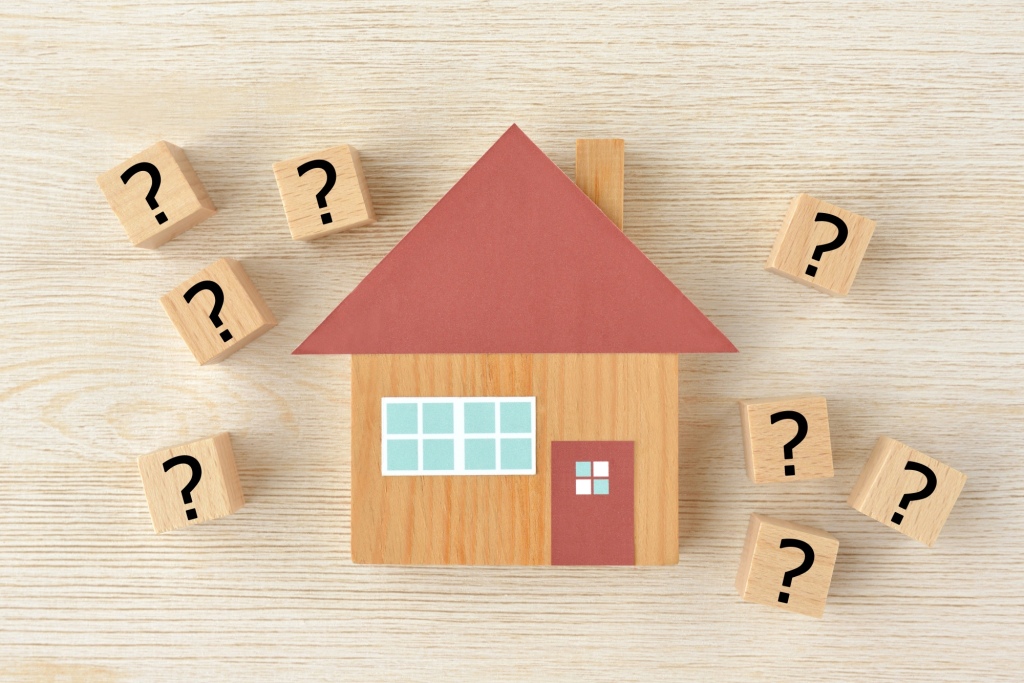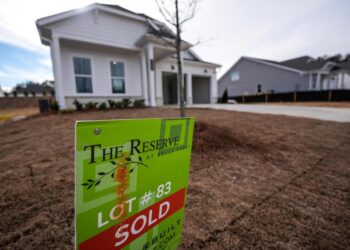It’s bad timing, for sure, if you’re looking to get on the road to homeownership. You’ll find a meager inventory of homes for sale, largely a list of overpriced crumbs.
Certainly, mortgage rates have dropped nearly a full point since November, but they remain double what they were during the pandemic.
Talk about an affordability punchout.
Sorry to say, it’s going to get worse before it gets better.
Let us count the ways, starting with interest rates.
RELATED: Falling mortgage rates bring some homebuyers back to market
On Feb. 1, the Fed raised its benchmark rate just a quarter-percentage point, a mere 48 hours before hiring news would ricochet across the markets.
The Labor Department on Feb. 3 reported a 3.4% unemployment rate — its lowest level in nearly 54 years — as employers added 517,000 new jobs. Five days later, Federal Reserve Chairman Jerome Powell had to eat crow following his previous transitory inflation remarks.
“We think we are going to need to do further rate increases,” Powell said. “The labor market is extraordinarily strong.”
To be fair, nobody was expecting the hiring pace to be so red-hot. Job counters were expecting a gain of 106,000.
“The Fed would have raised rates one-half point if the data came out sooner (ahead of the Fed meeting),” said Raymond Sfeir, director of Anderson Center for Economic Research at Chapman University.
READ MORE: More help for homeowners: California expands mortgage relief
The financial markets had already built in a one-quarter percent prime rate increase for both the March and June Fed meetings, projecting the prime rate would land at 8.25%. Now it’s looking more like we’ll see 8.5% this year, perhaps another quarter-raise at the Fed’s September meeting.
Translation: Expect higher interest rates for short-term credit cards, home equity lines of credit and auto loans.
While the 30-year fixed mortgage isn’t directly tied to the prime rate, more rate hikes won’t help in the…
Read the full article here







